It’s day 5 in Baños, and we were looking for something a little different to do today. We have kept our focus of trying to maintain a daily routine of exercise, eating healthy and avoiding alcohol and other crap. Basically, this is exactly the opposite regiment that we had back in the States for the past 6 months. So far, so good. We are both feeling great, looking better – and I even have a little tan to boot.
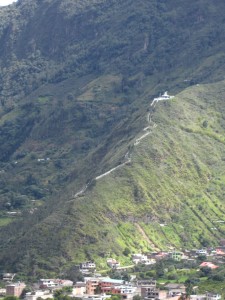 The last 3 days in a row, we made a point to hike to the Virgin del Agua Santa. We’ve tried to count stairs while going up and also coming down, but kept losing track while trying to catch our breath. I’d say there’s about 700 or so very steep stairs to the top. This doesn’t account for the long uphill hike just to get to the base of the stairs. The town is about a mile high in elevation, so it took a little to adjust to the altitude. Once you get to the top, there’s a great view of the city. It reminds me a bit of hikes in Boulder, CO – you hike up, up and up, only to end up with an aerial view of the town below. On a good day, you could catch a view of the volcano, but so far we have only caught a mere glimpse of the snow capped volcano.
The last 3 days in a row, we made a point to hike to the Virgin del Agua Santa. We’ve tried to count stairs while going up and also coming down, but kept losing track while trying to catch our breath. I’d say there’s about 700 or so very steep stairs to the top. This doesn’t account for the long uphill hike just to get to the base of the stairs. The town is about a mile high in elevation, so it took a little to adjust to the altitude. Once you get to the top, there’s a great view of the city. It reminds me a bit of hikes in Boulder, CO – you hike up, up and up, only to end up with an aerial view of the town below. On a good day, you could catch a view of the volcano, but so far we have only caught a mere glimpse of the snow capped volcano.
Today, we were planning on walking the stairs, but first we wanted to check out something new in town. The zoo is only about a 20-minute walk outside of town, so we decided to investigate. The walk alone is worth it. You pass amazing views of the river and deep canyons, and it brings you around to view the volcano from a different perspective (if you are lucky to catch it not covered by clouds).
The cost to enter the zoo was $2 per person, and I figured that we’d get what we paid for. I was wrong. We got so much more than expected!
The zoo isn’t large, by any means, but it does have a surprising amount of interesting animals. There are several felines (ocelot,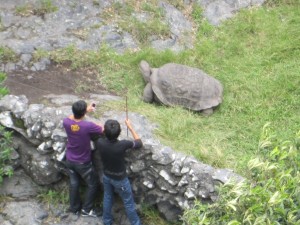 jaguarundi (mountain cat), puma. and leopard), a couple bears, a ton of birds and a few other random animals. One of the first creatures you encounter is a Capibara, which is the world’s largest rodent. It’s pretty gross, really, but it’s nice to finally see a ROUS in person. To add to their “best of” list, they also have two Condors (the world’s largest bird). Their habitat was initially impressive for these birds, until you watch one of them try to fly, and it saddens you to imagine how much space a bird of this size could actually cover if it wasn’t locked up. Still, amazing to see up close. They also have the largest turtle I have ever seen, which can only be found in the Galapagos Islands. Since that trip is way out of my budget, it definitely made the entrance fee seem like pocket change (which I guess it technically was anyhow).
jaguarundi (mountain cat), puma. and leopard), a couple bears, a ton of birds and a few other random animals. One of the first creatures you encounter is a Capibara, which is the world’s largest rodent. It’s pretty gross, really, but it’s nice to finally see a ROUS in person. To add to their “best of” list, they also have two Condors (the world’s largest bird). Their habitat was initially impressive for these birds, until you watch one of them try to fly, and it saddens you to imagine how much space a bird of this size could actually cover if it wasn’t locked up. Still, amazing to see up close. They also have the largest turtle I have ever seen, which can only be found in the Galapagos Islands. Since that trip is way out of my budget, it definitely made the entrance fee seem like pocket change (which I guess it technically was anyhow).
T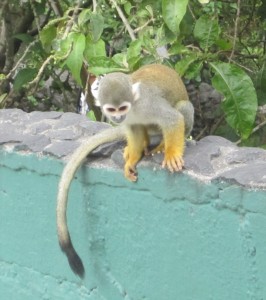 here were a variety of adorable monkeys, including one small monkey that somehow got out of its cage and seemed to follow us around for most of the time we were there. This isn’t the first time that random animals have followed us around, and we tend to think that they have an instinct telling them that we are tourists and we may be able to provide them with food and money, and perhaps a better life. This also applies to stray dogs and local children selling gum.
here were a variety of adorable monkeys, including one small monkey that somehow got out of its cage and seemed to follow us around for most of the time we were there. This isn’t the first time that random animals have followed us around, and we tend to think that they have an instinct telling them that we are tourists and we may be able to provide them with food and money, and perhaps a better life. This also applies to stray dogs and local children selling gum.
The “mono on the loose” wasn’t the only wandering animal that day. A large tapir was also found sleeping by the concession store on our way through the bird area, but on our return it had managed to start moving around. The lady that ran the store was trying to coax it out of her way by feeding it leaves. There was apparently no zookeeper on duty to help put these stray animals back in their cages, so it was up to the other employees to do what they could.
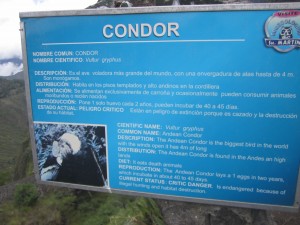 One of the highlights of the zoo was the translation of the signs on the cages. It definitely helps if you can comprehend a bit of Spanish, or you might be highly confused as to how the largest turtle you have ever seen can only grow to be 1.5 cm long, or why the Condor eats “death animals”, or even why the Taira (which I can only describe as a monkey-bear) chases mammals and “birth” (instead of birds). I did read, however, that raccoons are possibly in danger, because they are being hunted and captured for pets in Ecuador. I couldn’t imagine this was true, but I re-read the Spanish and discovered that this translation was actually correct.
One of the highlights of the zoo was the translation of the signs on the cages. It definitely helps if you can comprehend a bit of Spanish, or you might be highly confused as to how the largest turtle you have ever seen can only grow to be 1.5 cm long, or why the Condor eats “death animals”, or even why the Taira (which I can only describe as a monkey-bear) chases mammals and “birth” (instead of birds). I did read, however, that raccoons are possibly in danger, because they are being hunted and captured for pets in Ecuador. I couldn’t imagine this was true, but I re-read the Spanish and discovered that this translation was actually correct.
The zoo has a little café if you are hungry or thirsty. I don’t know if I would recommend (ever) trying the chicken ceviché (seriously?), but it’s nice to know that you can enjoy a cold can of Pilsener while walking around the zoo.
After visiting the zoo, we decided to try to find the waterfall that was supposed to be somewhere near there. We followed the signs (which, as usual, led us to no waterfall), and ended up on some trail that zigzagged to the top of the hill (and beyond). We hiked for a good bit to make up for not hiking the 700 stairs today, but then eventually decided to turn around and make the slippery descent to the bottom again. We passed the zoo again on our way back to town, and saw the monkey desperately trying to get the attention of a zookeeper and looking for a way back into his cage.


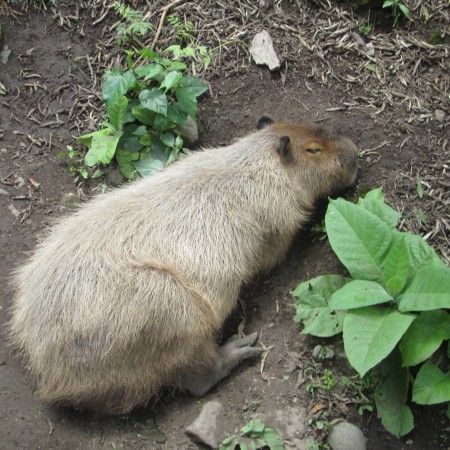
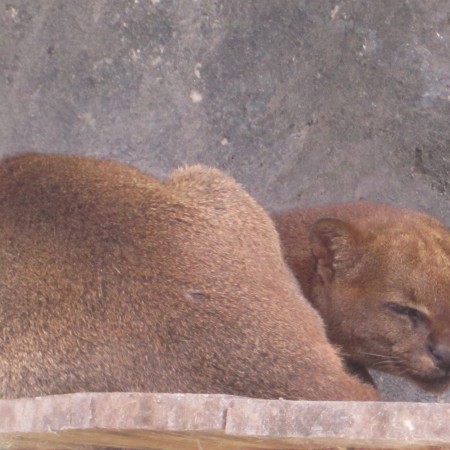
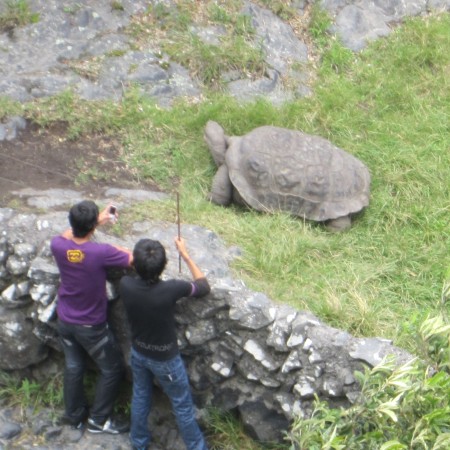
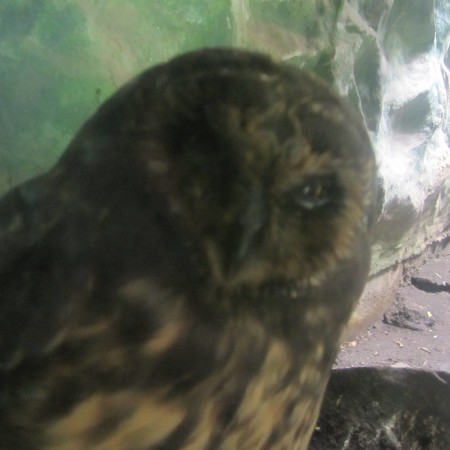
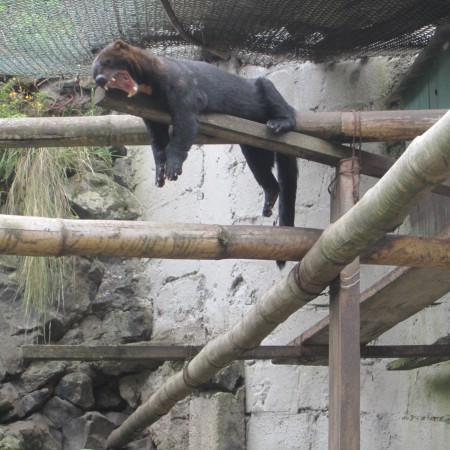

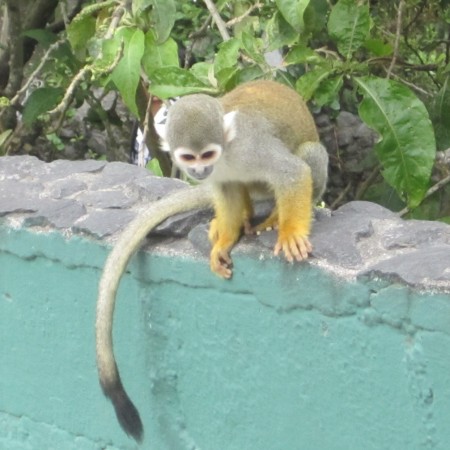
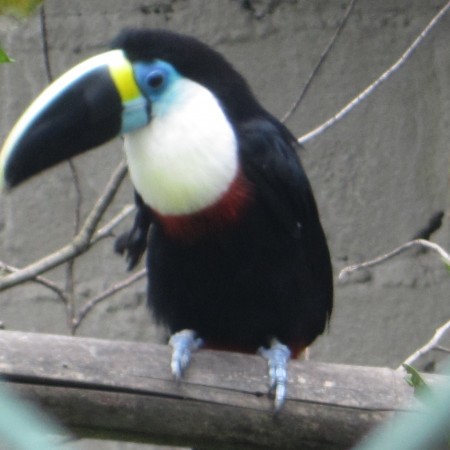
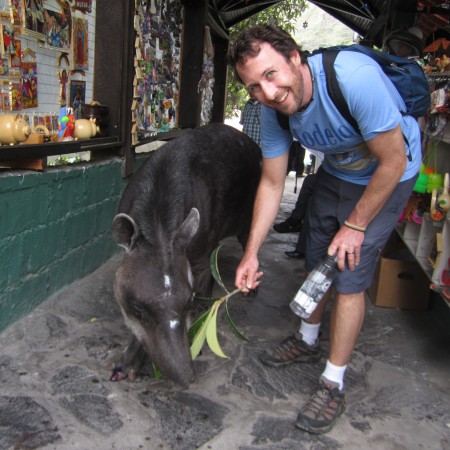
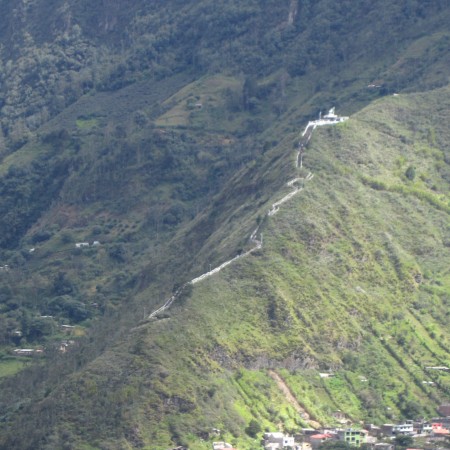
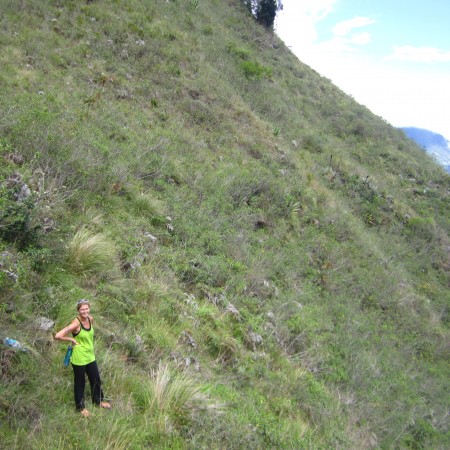
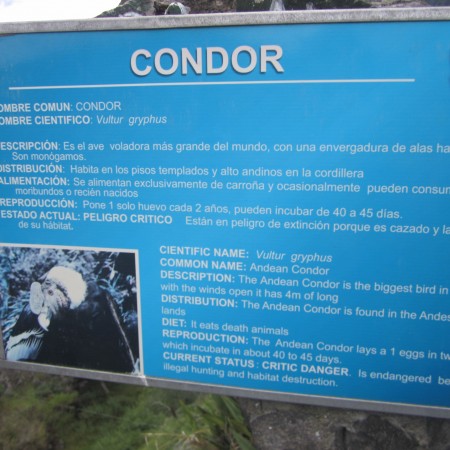
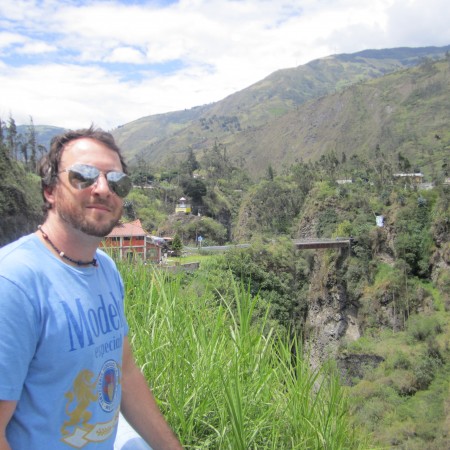
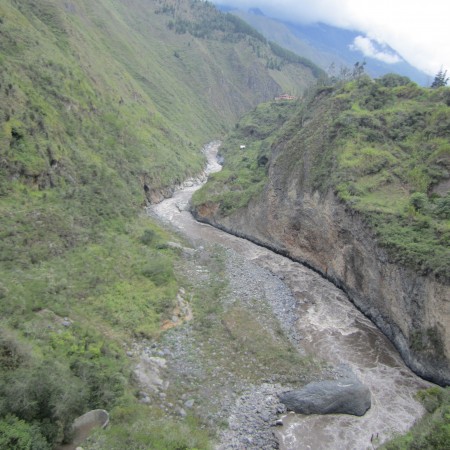
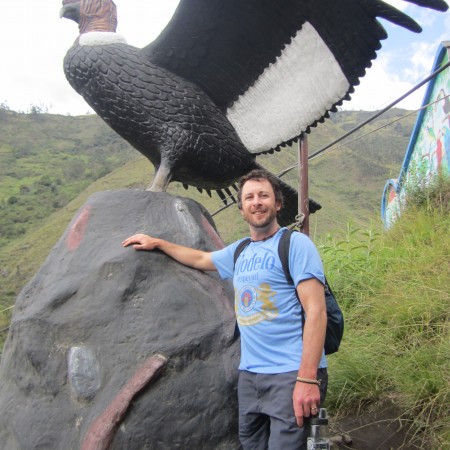
That is one bad ass zoo! It’s odd to see random animals arond that are SUPPOSED to be in cages. I guess that’s life down south. Miss you guys
Pretty! This has been an extremely wonderful post.
Thanks for providing this info.